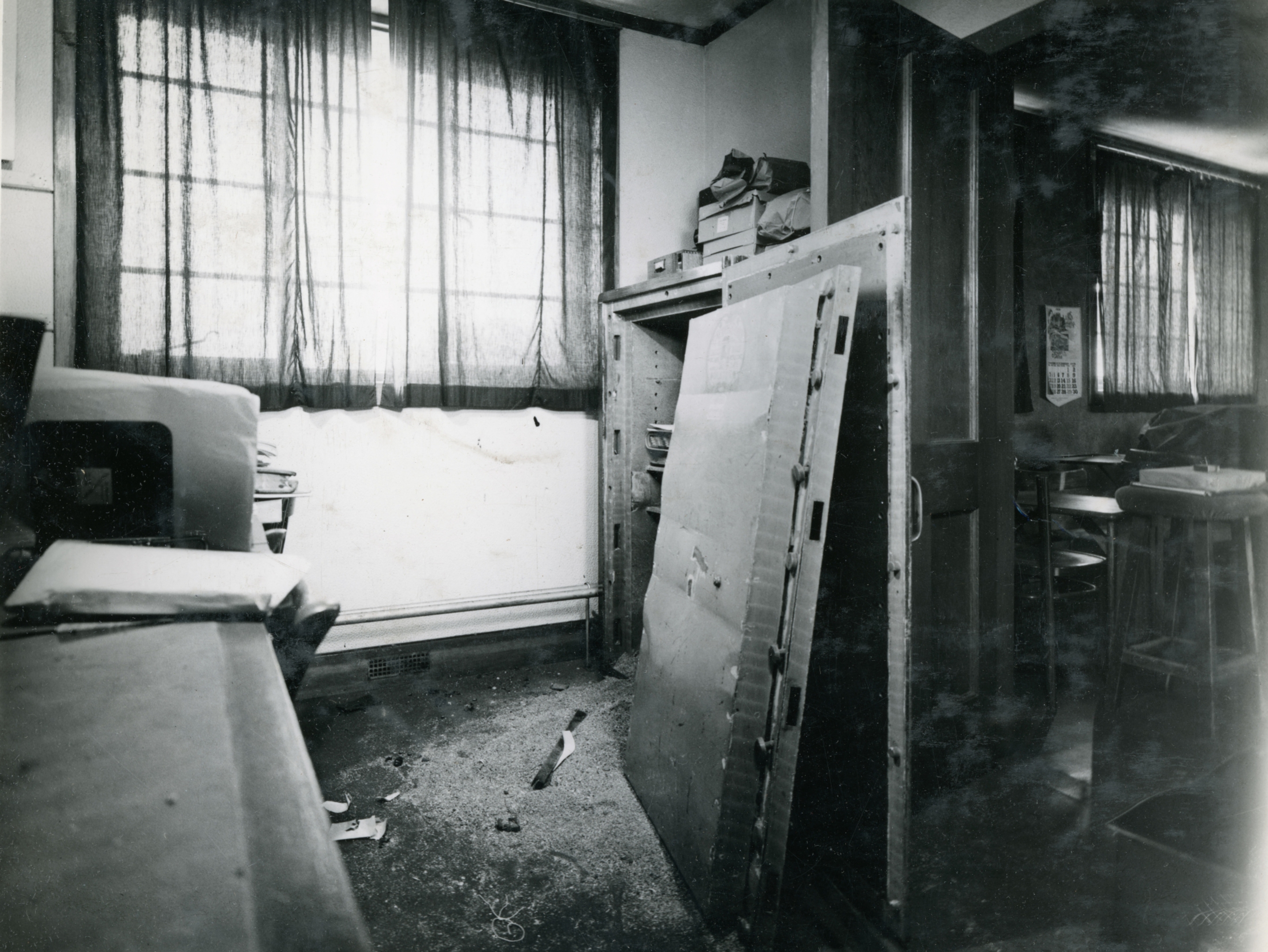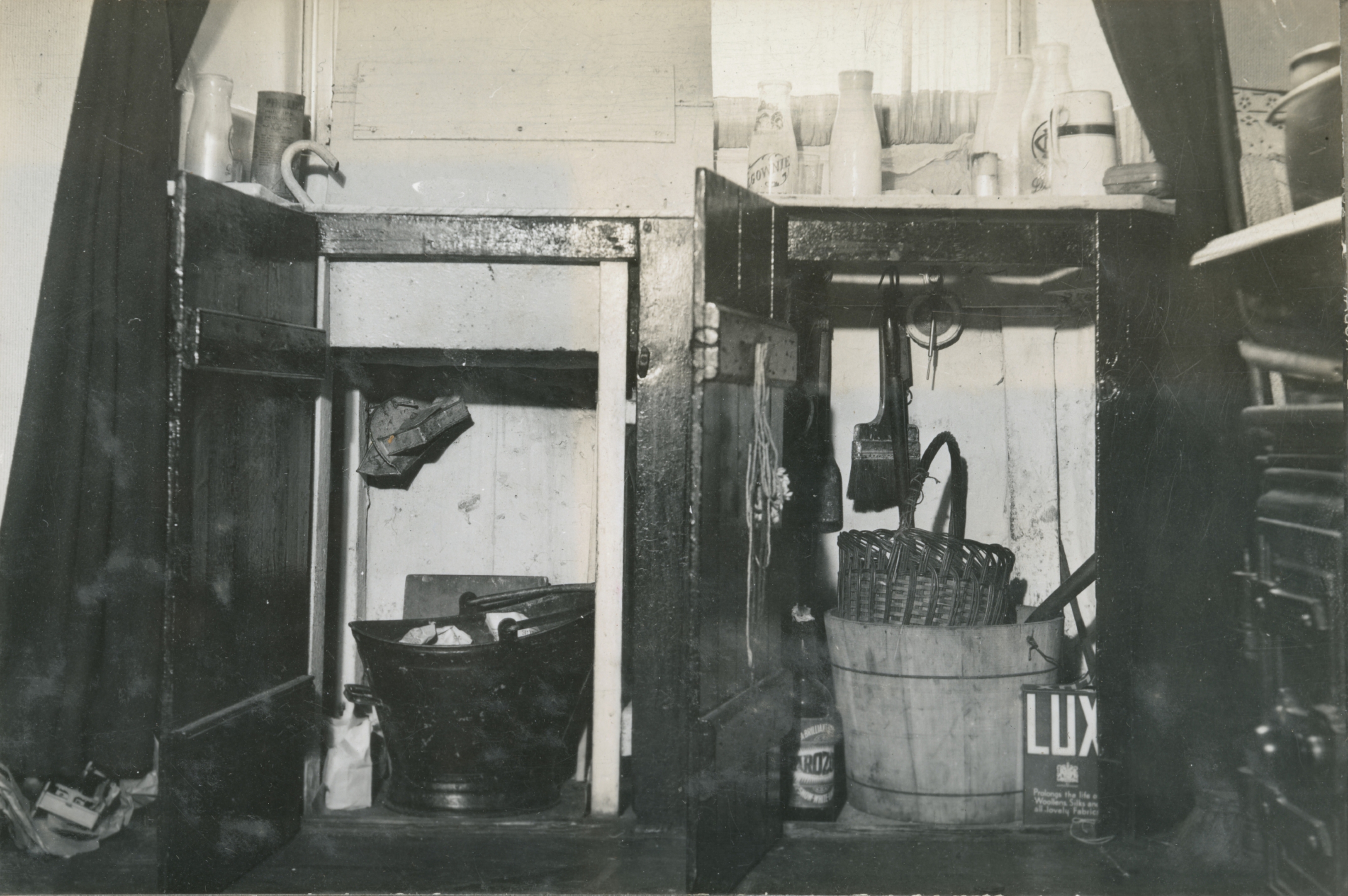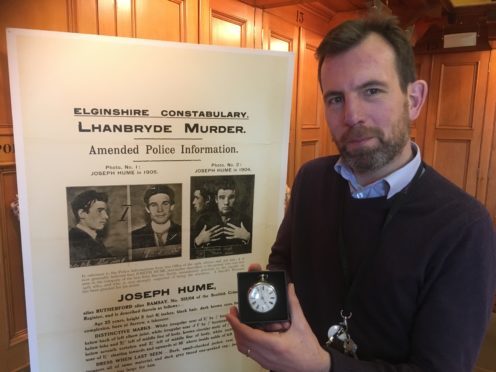If a picture is worth a thousand words, then a selection of photographs being unveiled to the public this month are the stuff of several grisly detective novels.
People will be able to get an unprecedented insight into some of the north-east’s most harrowing investigations during the the upcoming Crime Scene Aberdeen exhibition.
Images capturing the scene of a notorious city murder, which shocked residents in the 1930s, are going on view for the first time.

When little Helen Priestly played the relatively innocent childhood prank of knocking on the door of a downstairs neighbour in her Urquhart Road tenement and running away, she never imagined the repercussions could be so dire.
But on April 20, 1934, an incensed Jeannie Donald suddenly emerged from her doorway and grabbed hold of the eight-year-old.
Helen was strangled and killed, and the next day her body was found in a sack under the stairs of the block.
Donald had mutilated the child’s corpse to make it appear that she had been raped, and therefore cast suspicion onto her husband.
Photographs taken by police as they pieced together their investigation will now offer an insight into how detectives solved the crime, though the most extreme will not be shown.
One chilling picture shows an area beneath Donald’s sink, where drops of blood led officers to believe the child’s dead body was temporarily stored.
Another shows an untouched back green, which indicated that the murderer did not gain entry from the rear of the tenement.

Others show an overview of the building, the interior of Donald’s home and the view from her window.
The display has been arranged as part of the city’s Granite Noir festival.
Aberdeen City Council archivist, Phil Astley, was charged with digging through piles of Grampian Police records to find the snapshots.
He said: “The photos really lend themselves to the noir atmosphere of the festival.
“Some images are also interesting as they offer an insight into how people lived in those times.
“There is a public fascination with crime and punishment, but this is social history too.”
One of the more unusual crimes being highlighted is the case of George King – a nightwatchman who carried out 19 thefts of women’s underwear between 1946 and 1948.
The haul was worth £180, at a time when the average annual wage was only £104, and he was jailed for six months.
Other offences involve an intricately planned jewellery theft on Aberdeen’s Kirkgate, a murder on Queen’s Road, a thief nicknamed “Dafty” and even comparatively quaint misdeeds like bicycle thefts.
Writer and researcher, Diarmid Mogg, has written blurbs detailing the events depicted in each photo, which will guide visitors through the exhibition.
It will take place at Seventeen, on Belmont Street, from February 23 to Saturday, March 3.
